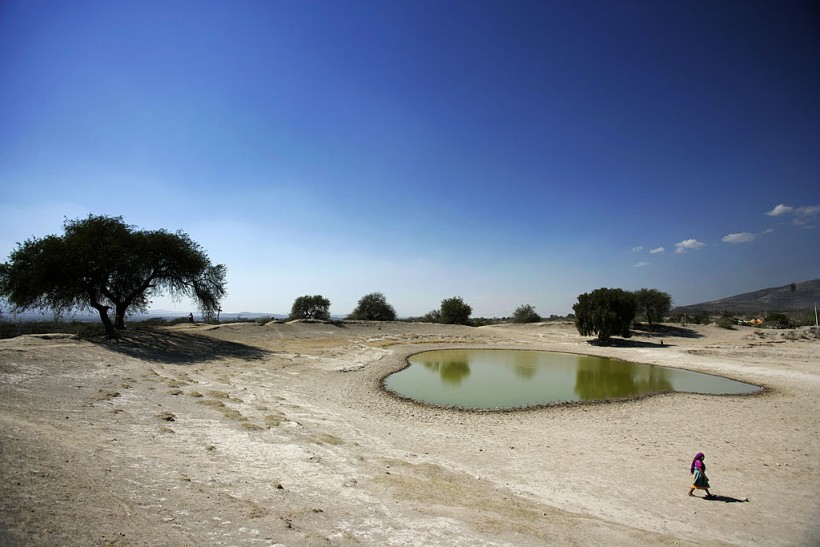Mexico Declares State of Emergency in Areas Hit by Drought Related to La Niña, Threatening Livelihoods

Mexico's government has now declared a state of emergency in several areas struck by the ongoing drought. This has brought up extreme measures in saving water in some affected areas.
Mexico's national water authority, Conagua, stated that the national state of emergency enables leaders to take special measures to guarantee water supplies in several areas hit the hardest. Conagua added that these measures are designed to deal with the effects of "severe, extreme or exceptional" drought.
According to Drought Monitor, almost half of the country, particularly near the U.S.-Mexico border, as well as Baja California and most of Central Mexico, are currently experiencing either severe, extreme, or exceptional drought.
La Niña Effects Intensified by Climate Change
According to the Associated Press, the drought in Mexico is related to La Niña. The weather event known throughout Latin America and the Pacific is a natural cycle.
La Niña is described as the cooling of several parts of the equatorial pacific, and this changes weather patterns worldwide.
In the Asia Pacific region, such as the Philippines, this usually means heavy rains. However, in North America, particularly the Southern United States and Northern Mexico, this usually means heavy droughts, and with climate change, these effects have intensified.
France 24 reported that protests had already sparked due to a lack of water in Baja California, while Mexico City sent tanker trucks to some of the most populated areas to help alleviate water shortages.
Water Reservoirs in Nuevo Leon State in Mexico Almost Empty Due to Drought
One of the most affected areas in Mexico is Santiago, whose water reservoir is nearly empty. Monterrey, one of Mexico's main industrial hubs, relies on the Santiago Reservoir for water.
With it nearly drying up, along with another reservoir, the Cerro Prieto, also almost drying up, the city is now forced to ration water.
A third reservoir for the city, El Cuchillo, is now only at 46% capacity. Juan Ignacio Barragán, director general of the Monterrey Water and Sewer Services, said the city is planning to expand the use of tankers to deliver water to outlying neighborhoods around Monterrey.
The state of Nuevo Leon, where Monterrey is, has tried mitigating the worsening water situation by having its industrial and agricultural sectors agree to give the government a significant amount of their water rights to the state.
Experts are also raising the alarm as the water restrictions may be extended if the usual August rains are delayed. Experts have pointed out that while the city has faced water shortages before, this time would be different as right now, the only reservoir with water left is El Cuchillo.
This will inevitably hamper businesses and livelihoods, as water is essential not just in their daily operations but in everyday human life.
In Santiago Reservoir, tourists have stopped coming on the weekends. This has been devastating to local business owners, who have said this matter is much worse than the pandemic.
Companies renting boats and offering boat tours in the area have also laid off workers as the reservoir has almost dried up.
READ MORE: COVID-19: Sesame Street's Elmo Now Vaccinated Against COVID-19, Urges Kids to Get Vaccinated
This article is owned by Latin Post.
Written by: Rick Martin
WATCH: Monterrey Is One of Mexico's Richest Cities, so Why Are Residents Having to Queue for Water? - From Euronews
Subscribe to Latin Post!
Sign up for our free newsletter for the Latest coverage!










